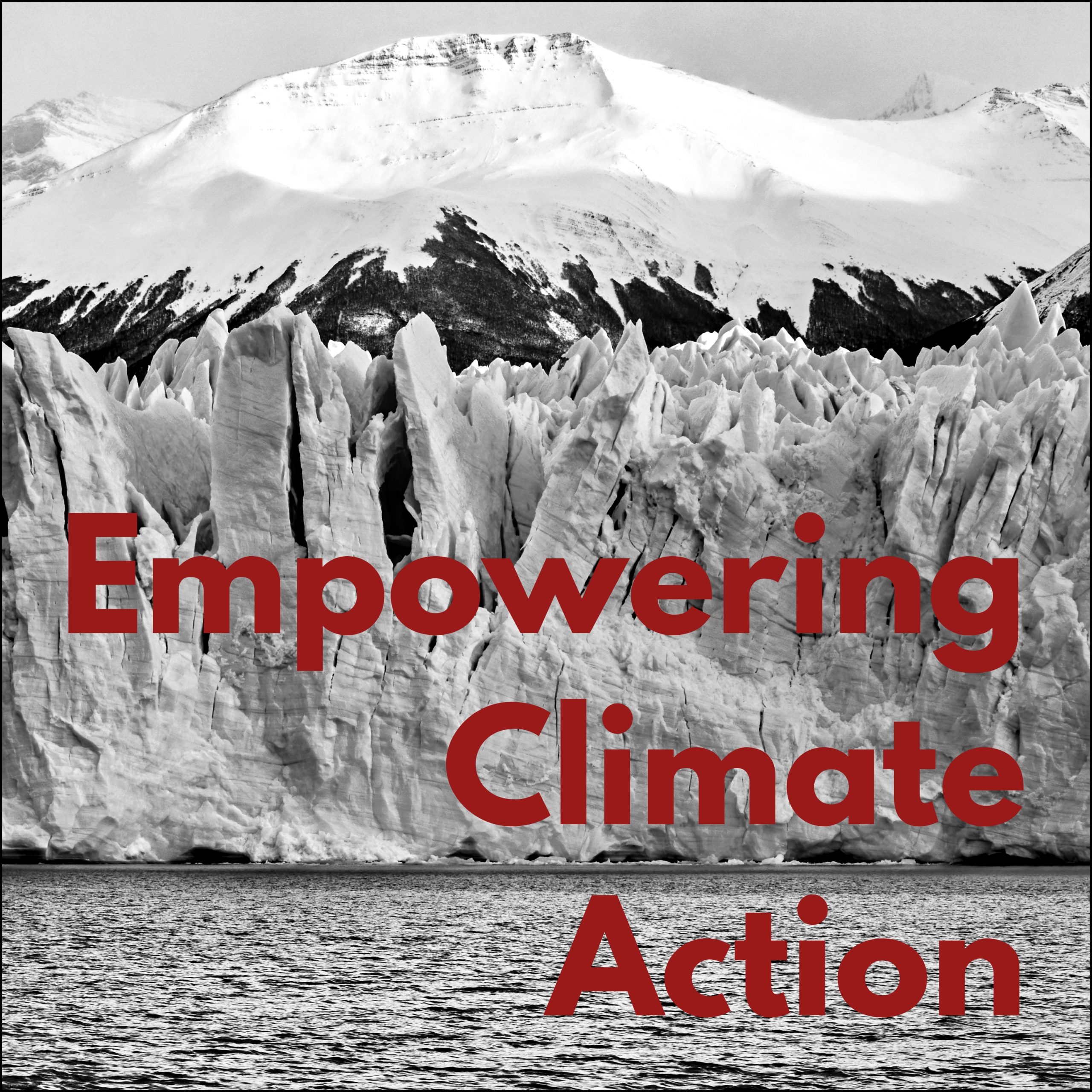The fight against climate change will be won or lost in Asia. And Asia is experiencing a rate of warming exceeding the global average. Between 1991 and 2022, its warming trend was nearly twice as high as the trend observed between 1961 and 1990. Moreover, Asia is the most disaster-prone region globally. The climate risk is causing significant environmental and economic impacts but also in terms of health, food security, and livelihoods. Achieving sustainable development in Asia relies on taking effective measures to tackle climate change. Furthermore, meeting development objectives while preventing disastrous climate risks cannot be done without a fundamental transformation of Asia’s growth patterns.
Clime Capital, a Singapore-based fund manager dedicated to accelerating the transition to clean energy in Southeast Asia, has successfully secured commitments in the form of 127 million USD from investors to support the SEACEF II (Southeast Asia Clean Energy Facility). This fund represents a pioneering effort in Southeast Asia, being the first blended investment fund of its kind in the region. It is specifically designed to offer early-stage high-risk capital for businesses driving the region’s low-carbon transition. Their primary focus lies in identifying and creating innovative clean-energy platforms, unlocking opportunities for clean energy investment, bridging infrastructure gaps, and fostering the development of sustainable economies and societies. We have had the opportunity to engage with Mason Wallick, the Chief Executive Officer of Climate Capital, who shared valuable insights into the urgency, the challenges, and what is needed for this transition to take place.
The Urgency of a Low Carbon Transition in Southeast Asia
Currently, fossil fuels hold a significant share of the total primary energy supply in Asia, with the continent responsible for 80% of the global coal power consumption. Southeast Asia also leads the global rise in population, with countries like Indonesia, Vietnam, and the Philippines, which have the highest population density and are rapidly growing, with the greatest carbon footprints in the region. Under a high emission scenario, climate change could result in substantial GDP losses across developing Asia by 2100; India could face a loss of 35%, 30% in Southeast Asia, and 34% in the entire developing Asia. Hence, a successful shift from fossil fuels to renewable energy in this region is imperative to effectively address climate change. Mason Wallick told us, “The economies in Southeast Asia are industrializing, which requires significantly more energy consumption due to the dynamic of rising incomes and GDP growth, which in Asia means very high cooling loads. Moreover, Asia is one of the most exposed regions to climate change, particularly from a population perspective and the land areas being prone to agricultural impacts.”
Decarbonization in Asia
While electricity generation in developing Asia is currently dominated by fossil fuels, there is significant potential for renewable energy to emerge as a primary source. The region is setting the pace globally, with solar and wind energy taking the lead in terms of new generation capacity. Vietnam, for instance, is emerging as a leader in the renewable energy market in Southeast Asia. In 2019 alone, the country multiplied its installed solar power capability by over 47 times.
Concerning global commitment, governments across Asia have joined global endeavours to limit the climate crisis and decarbonize. All developing Asian economies have pledged to adhere to the Paris Agreement, which seeks to limit global warming to below 2°C above preindustrial levels. Moreover, 19 economies in Asia, responsible for approximately 80% of the region’s emissions in 2019, have committed to reaching net zero emissions. However, according to a PwC report from November 2021, decarbonization in the region was only at 0.9% in 2020. This underscores the urgent need to accelerate this progress to align with the targets set by the Paris Agreement.
The Challenges
Governments across Asia have committed to global climate efforts yet face significant challenges as demand for energy is projected to triple by 2050, while funding and policy alignment on decarbonization objectives are behind. According to Mason Wallick, “The main challenge is finding our way through to pay for the needed infrastructure and doing it in such a way that Southeast Asia can compete. The region is well positioned as long as they can keep their cost base for energy consumption manageable to have stand power for economic growth.” For renewable energy development, challenges such as underdeveloped electricity grids for reliable energy storage persist and many renewable technologies are still not fully developed or cost competitive. Moreover, despite the numerous benefits of low-carbon investments, they are more affected by certain risks and uncertainties such as higher initial costs and regulatory, technological, or currency risks. Ultimately, renewable energies appear unlikely to offer a comprehensive solution to the region’s dependence on hydrocarbons as a primary baseload source.
Mason Wallick further stated, “Another challenge lies in addressing climate change amidst the government’s priority on economic stability and growth. Balancing the imperative of a low-carbon transition and achieving net zero emissions is complex, particularly given the necessity to expand energy generation in the face of strained grids.” The transition to net zero has placed significant pressure on the energy sector to reconcile decarbonisation efforts with the imperative for economic growth. Additionally, developing Asia is initiating its decarbonization efforts at rather low-income levels, confronting substantial development needs, coupled with a high dependency on coal.
The Need
As pointed out by Mason Wallick, “The low carbon transition entails a complete shift in the entire energy delivery system across diverse sectors. This requires a rewiring of the grid, prompting a re-evaluation of pricing models, significant investments, and innovation in business models. Additionally, significant enhancement to the transmission grid and the integration of energy storage technologies into renewable energy systems are indispensable. These measures are essential to ensure a reliable, affordable, and consistent power supply, especially for rapidly industrializing countries nations.” In 2021, developing Asia saw a total investment of 468 billion USD in power supply, with the majority, 397 billion USD, allocated to renewable energy, electricity networks, and storage infrastructure. However, to meet the Paris Agreement objectives, modelling suggests that average annual investments until 2050 must escalate to 707 billion USD. This corresponds to between 1.5-2.7% of GDP for the analysed economies and subregions. This implies that the success of the energy transition will heavily depend on the government’s capacity to attract international investment and develop its transmission grid.
To efficiently channel capital towards low-carbon projects, governments, and multilateral development banks can intentionally mitigate the risks associated with these projects, thereby enhancing their risk-return profile. Comprehensive policies that incorporate carbon pricing, incentivize low-carbon initiatives, mobilize capital for decarbonization, and directly address climate change are crucial. In addition, more ambitious goals and targets are needed, along with enhanced global coordination, knowledge transfers, and the formulation of clear roadmaps outlining how countries will effectively meet these objectives. Finally, it is essential to consider the complexities involved when undertaking the intricate tasks of balancing decarbonization and economic growth, especially in nations where fossil fuel generation and exports remain significant contributors to the economy, providing employment and supporting livelihoods for many citizens.
The Outlook
In 2022, China, Japan, Korea, and India collectively accounted for almost 55% of global investment in the energy transition, setting a strong momentum for heightened levels of investment in the low carbon transition. Clime Capital’s recent funding success is a testament to this progress in driving the low carbon transition. Mason Wallick stated “A large portion of our success is due to the support of our investors, notably senior anchors, and their provision of catalytic capital, which has demonstrated the potential for early-stage investments to yield substantial returns while making a significant impact. Equally instrumental has been the support and insights from our advisors like Broadpeak, whose guidance and leadership have been invaluable throughout our journey.”
The funding secured by Clime Capital marks a milestone in driving clean energy initiatives in Southeast Asia, highlighting the crucial role of private sector involvement. This achievement sets a precedent for further investment in similar ventures, catalysing environmental sustainability and economic growth in the region. Deeper value opportunities and continued growth for Southeast Asia are also on the horizon. Mason Wallick said “Through a blended structure we believe that we could provide investment funding earlier in a way that would be catalytic to help unlock the capital stack to accelerate the growth for renewable energy in the low carbon transition in Southeast Asia. Moreover, with catalytic capital, we’ll be able to go after the more complex problems in Southeast Asia that are often overlooked.”





